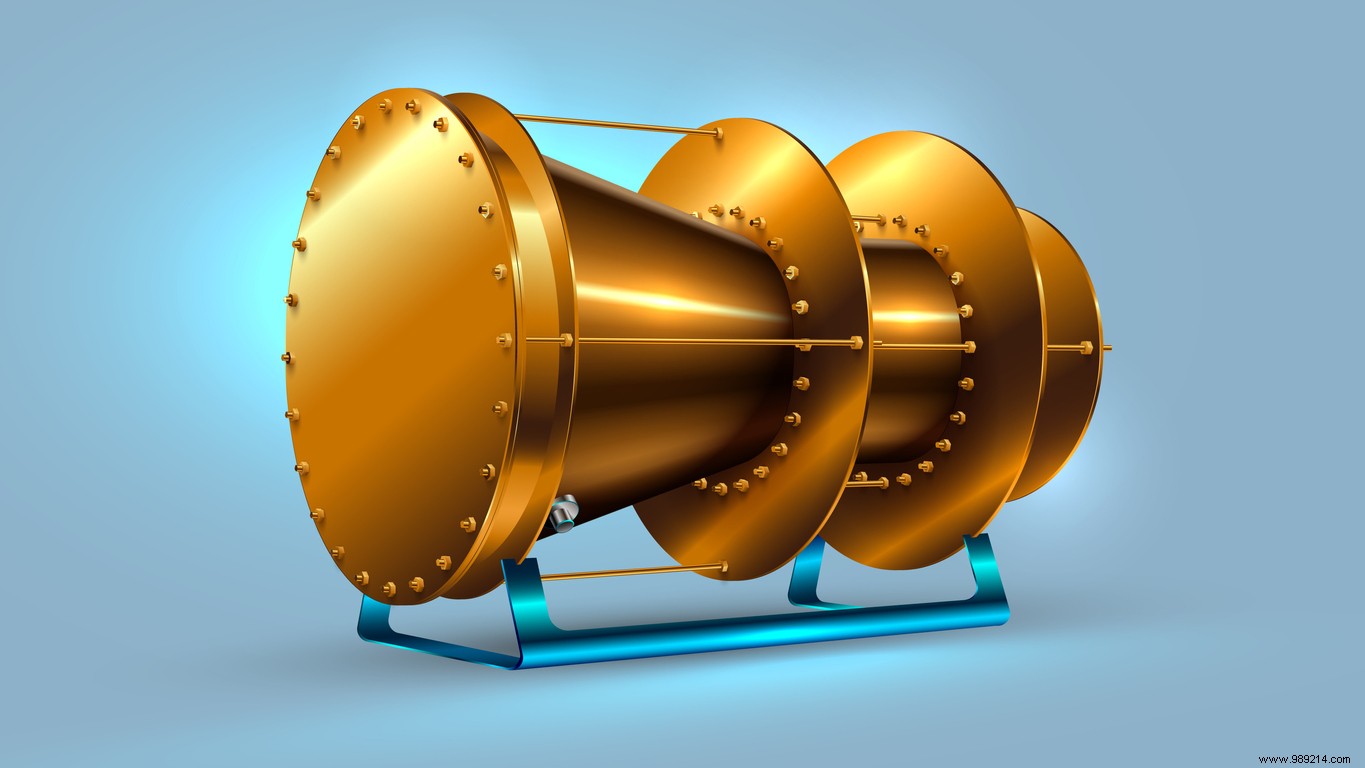In recent years, Chinese and American researchers have been interested in the EmDrive system. It must be said that a means of space propulsion without fuel could potentially embody an important step towards interstellar travel. Only then, it seems that this innovation will never really see the light of day.
The EmDrive (ElectroMagnetic Drive) is an asymmetric electromagnetic resonant cavity thruster. In other words, it is about an electric propulsion system capable of generating thrust without any fuel . First proposed in 2001 by British aeronautical engineer Roger Shawyer, the EmDrive would theoretically allow unprecedented speeds to be reached in space. However, this invention comes up against a large part of the fundamental principles of physics as we know them.
For its supporters, namely Chinese researchers on one side and Americans on the other (including NASA), it is a question of freeing oneself from the main obstacles of interstellar travel. It would then be possible to explore the outer solar system, or even stellar systems like Proxima Centauri, the closest to us (4,243 light years). According to researchers, 90 human years could be enough to reach Proxima Centauri thanks to the EmDrive.
This vision is shared by a certain Mike McCulloch, having granted an interview to Popular Mechanics March 31, 2021. The person concerned is none other than the leader of the team currently investigating the EmDrive at DARPA, the R&D division of the United States Department of Defense. However, DARPA has put a million dollars to study the feasibility of the EmDrive.

The company owning the rights to the invention claims that thrust is possible through amplification of radiation pressure of an electromagnetic wave propagated through a set of resonant waveguides. In other words, the system must produce a pushing force thanks to microwaves bouncing inside an isolated chamber whose shape is special. EmDrive Proponents Say The Device Breaches Newton's Third Law but is perfectly in agreement with the second. Recall that Newton's theory of the motion of bodies is based on these laws.
On the other hand, the many critics of this project believe that it violates the fundamental laws of physics . Moreover, it would be more of a momentum – due to the vibrations of the device – rather than a push. It must be said that in recent years, several studies on the EmDrive have often given contradictory results. However, most of this work referred to relatively weak thrusts , namely only a few millinewtons.
Recently, a study may have definitively sealed the fate of the EmDrive. This work carried out by the Dresden University of Technology (Germany) led to a definite conclusion:the system simply cannot work. According to the scientists, the motor heats up when current enters the EmDrive. Above all, they claim to have found no thrust value in a wide frequency band including several resonant frequencies.